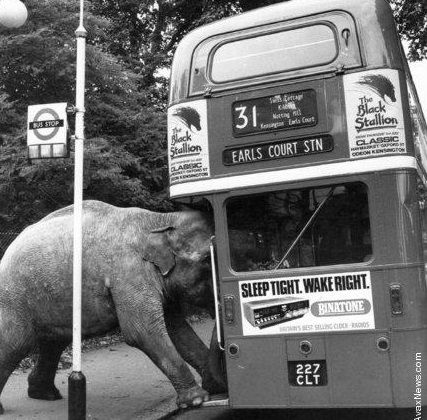No denying it, I have always loved airports, so I shamelessly admit my bias. And while I understand most people rate airport experiences alongside broken toilets on a festival, I argue that society could learn a lot from modern airports. Here are four observations I made while gliding through the new Heathrow Terminal 2:
Coming from the underground, people need to somehow get up 5 floors to reach departures. There are two options: take a lift or use three sets of escalators. I have always chosen the escalators as did my business travelling peers, thereby avoiding large families with monstrous suitcases trying to fit everything in one lift. I always felt snug and clever on my choice. Until today, when I was greeted by a new sign: “Lift = 58 seconds, escalators = 3 minutes”. This was a blow to my professional self-esteem, as I work on precisely these kinds of problems: certainly I should have known better? Clearly, airport operators want us to use the lifts more. However, I personally feel more in control on my escalator ride: it constantly moves and I can see the end of my journey. I don’t need to queue, avoiding helpless dependency on other people’s ability to operate their luggage. Also, I would like to learn more about these statistics: who collected that data and how is the spread? While an escalator ride is always going to take the same amount of time, the 58 seconds are an average value that probably varies considerably every time, no? Despite all this, I welcome this operations research crawling into people’s life.

A 5MB hard disk in 1958: airports where always at the forefront of technology :-)
Next, I walk towards security. There are a dozen or so security stations I could choose from with short queues at each. However, there is no way I could ever make an educated choice as to which station I should go for to minimize queue time. Instead, a member of staff opens and closes flexible pathways so I have no choice but am guided to the best option. This alone probably saves thousands of hours each year lost from people not figuring out where to queue (and thereby creating a new queue along the way).
I arrive at “my” security queue and face the latest innovation in the exciting field of airport optimization: parallel unpacking! Normally, you wait in the queue until it is your turn to hectically remove all electronic devices, throw away your water bottle and forget your coins in your pocket. You feel the pressure from everybody behind you watching your incompetence (until it is their turn). Now, four friendly pairs of feet printed on the floor invite you to unpack in parallel with three other passengers. You are free to unpack at your own pace: a first-time flyer cannot drive business men behind her mad anymore, probably reducing heart attack rates considerably.

Finally airports are designed for their customer space requirements...
Empty space, drag to resize
And then there is space. When I need it. Where I need it. Modern terminal layouts finally take into account what must have been overlooked for decades: passengers take up space while at an airport. So I marvel at toilets with wide entry areas comfortably fitting 3 people with suitcases next to each other. Every cabin is now large enough for easy luggage handling. Even escalators became wider and lifts became bigger. The only time you feel a lack of space is now, ironically, on board your aircraft!
So, well done Heathrow. Imagine other public buildings would be designed with a similar rigorous focus on their customers. Most train stations, public buildings, schools and office buildings desperately cry for help. So get to work my dear designers, architects and operations researchers. Oh, and I did choose the escalator again. No sign will change that and no way did it take three minutes ;-)



